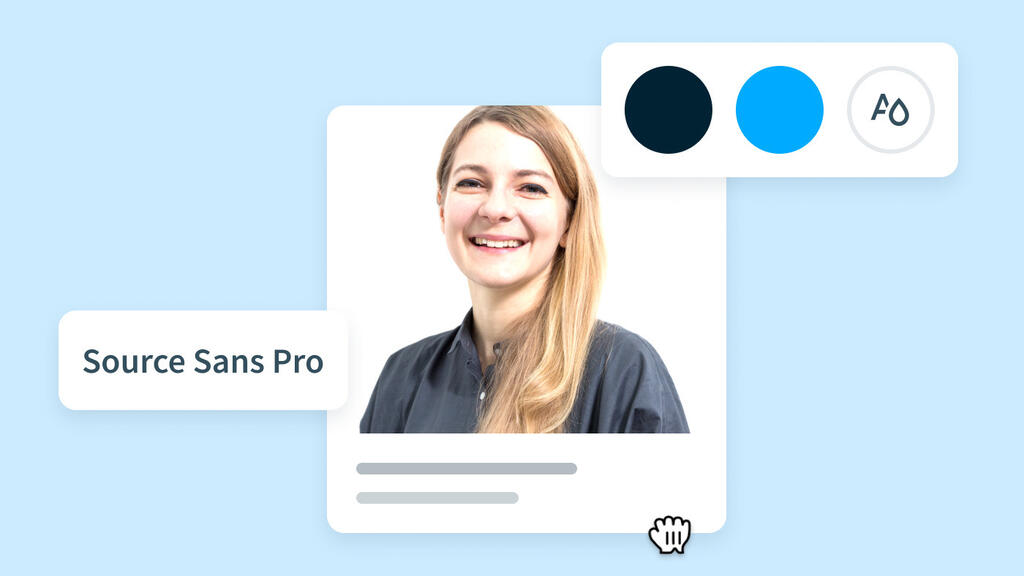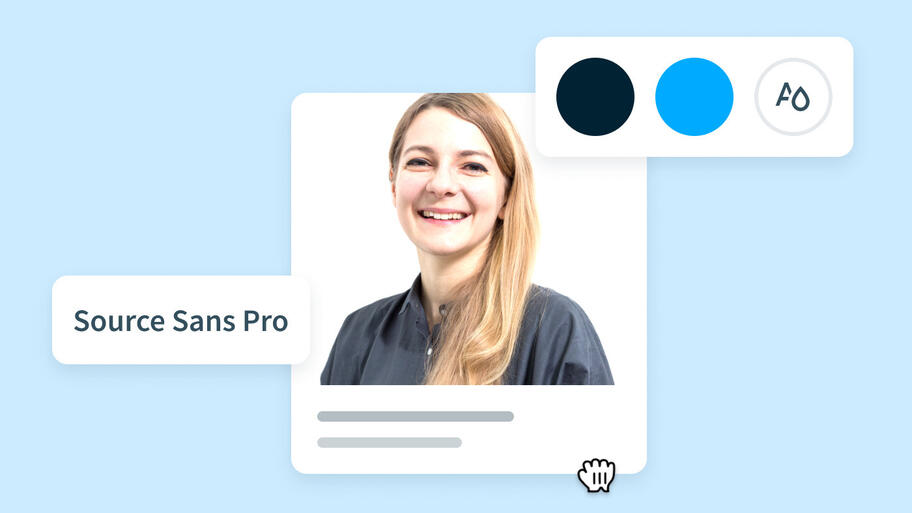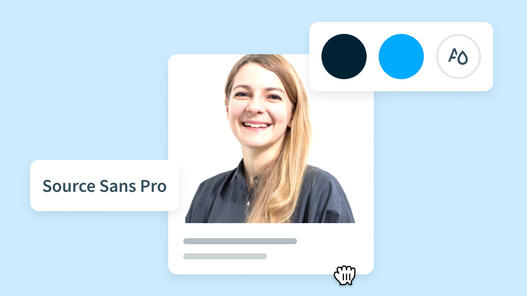When I started working in the UX Design field, my tasks consisted of most of the things you read when you look up UX design on Google: performing user interviews, designing components, drafting wireframes, writing specifications.
As I grow older as a UX professional (and hopefully a little wiser), I realise that every so often, my job is about something else. It’s not about how good and fast you are in designing components, how on-point are the questions you’re asking in user interviews. Being a successful designer is more and more about teamwork, stakeholder engagement and great communication.
At the time I write this article, I’ve been in Bynder for a year.
We work Agile following a squads-tribes-guilds model, and we always strive for synergy and collaboration between different professionals. When I joined the company I started contributing to the goals of a single squad; my beloved Capture team, whose ownership covers the first part of the Asset journey. To put it shortly, at Capture we transform Files into Assets. The team works on the experience of uploading a File (images, videos, audio files and so on) and “enriching” it (giving it related properties), which transforms it into a more complex entity: an Asset.
I soon realised that It’s dangerous to go alone! on this quest, and that I needed a magic sword: it was fundamental for me to have a better overview on this Asset Creation Journey, improve collaboration and communication between the teams, and present our work frequently to our stakeholders.
Gradually, my role evolved to cover Discovery activities through different squads, perform and facilitate user research, work on strategy and vision across teams.
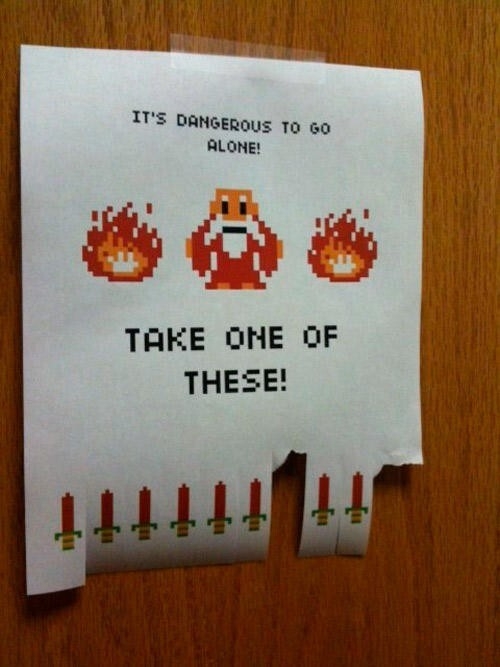 It’s dangerous to go alone remix from Know Your Meme (Author unknown) (Image source)
It’s dangerous to go alone remix from Know Your Meme (Author unknown) (Image source)
It is definitely a long journey, and I am constantly asking myself — what is my role now? Is it still focused on the reassuring, safe harbour of a list of job-description tasks? Or did it become something else? I want to share this reflection with you, focusing on what I learned when it comes to being a UX Designer in multiple teams.
Communication is everything.
It really is. I was recently in the UK, where they master good service design practices in the Public Sector (I studied Service Design, and GOV.UK was a virtuous example in UX and service design).
I was positively surprised by how clear things are communicated over there. They’re not afraid of seemingly overdoing it by placing little stickers on literally everything to explain little things.
This results in a much more intuitive holistic experience when people wouldn’t have as many doubts as they normally would and would stay engaged throughout the whole journey.
For instance, I took a picture of a sticker explaining why windows are open on a tram. This shows the level of care, detail and holistic view they had to approach this “design decision”.
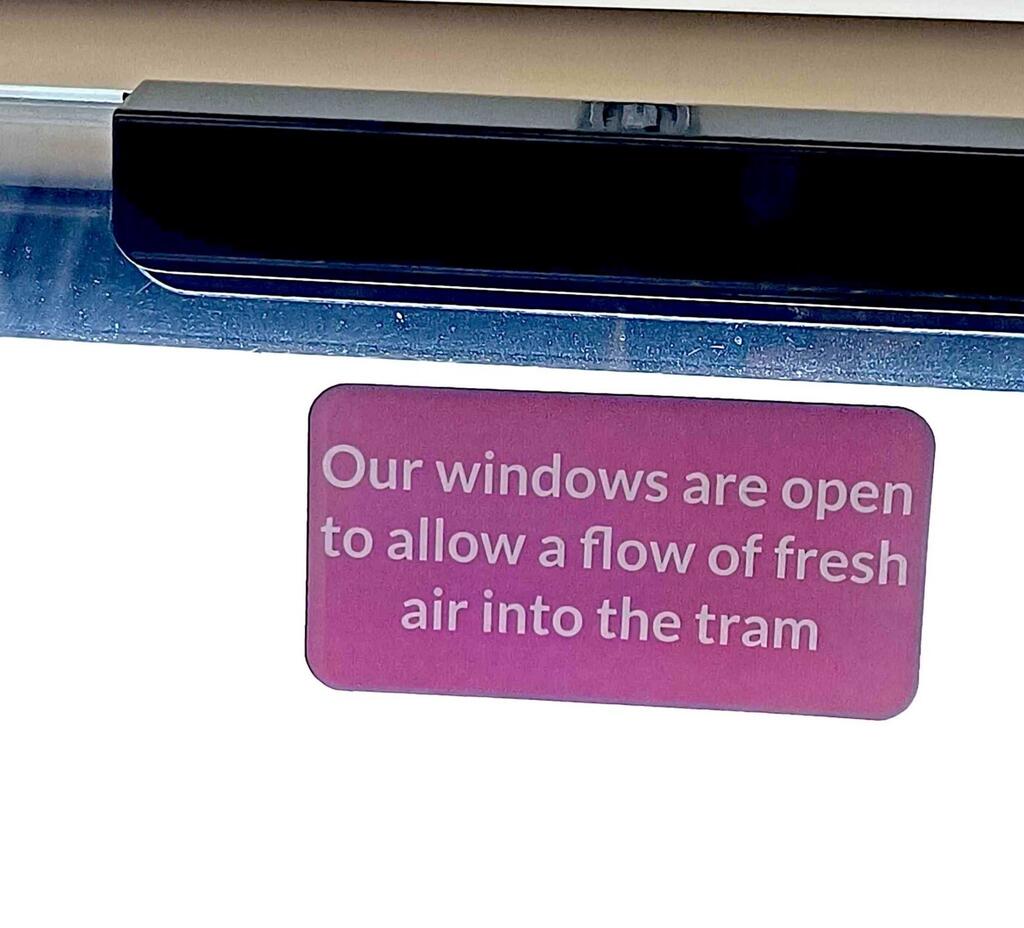


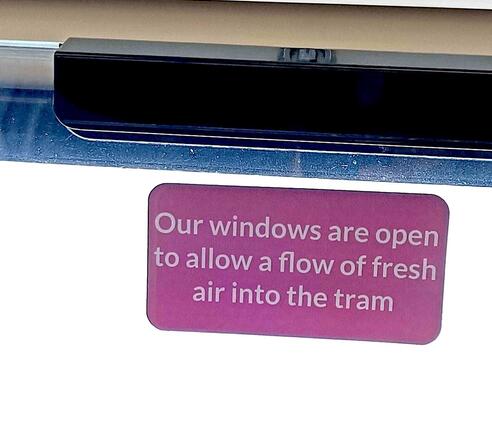
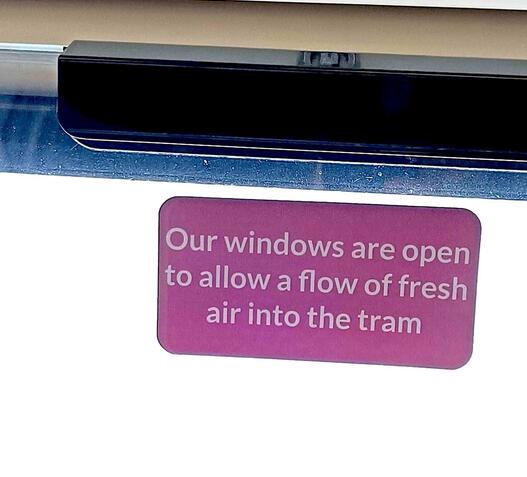 Crystal clear, isn’t it?
Crystal clear, isn’t it?
I want to take these best practices in my UX routine and team work; as in, I am learning not to be afraid to over-communicate or over-ask.
Also, communication in a hybrid workplace is all about respect; not only about sending good emails and detailed slack messages but being mindful of our colleague’s time, which is why we as UXers need to master async communication and of course the tools that allow us to handle it.
Crafting good communication also means creating healthy patterns of usage on these apps, and make good use of the available tools and the automation possibilities they offer with the goal of empowering your colleagues and stakeholders.
Some pro-tips for me are,
- Don’t show your entire calendar as “busy”. Unless you have a call with Elon Musk to discuss the future of SpaceX, having an open calendar helps your colleagues understand whether they can ask you to shift your lunch break a little, or if that Retro can be swapped with a Design Review.
- Always make sure you write a couple lines in the meeting description… and mark as “optional” the ones that, even though their input is valuable, are not critical to the development of the meeting.
- In most of the current mailing tools, you can Schedule the sending of your emails, to make sure they get to the right person at the right time.
You can also do it on Slack! For example, recently I was off on a Monday at the beginning of a new Sprint. My task still needed to be added to the new sprint, during the Monday sprint planning — if I would have added it myself the following day, it would have messed up the estimation. So I created a little automatic reminder to ask my team to take care of it.

The list is endless. Try to use as much Figma comments and voice memos, Google Docs tasks, and so on.
Live, laugh, visualize.
If you work in multiple teams, I believe communication and visualisation skills should go hand-in-hand. During meetings with clients and stakeholders, I try to sketch and visualise as I speak; the Vivid Grammar from Dan Roam (in his book “Back of the Napkin”) was of great help and inspiration for me to do so: the framework has the objective of bridging the gap between verbal and visual concepts, in order to achieve a more powerful narrative.
Now go with the Flow.
I come from Modena, a little city in Northern Italy. You might know it for the Balsamic Vinegar and the exquisite Osteria Francescana. However there is something you might not know about Modena, and it’s the city’s latin motto, which is Avia Pervia (it means, “Make the inaccessible become accessible”): if there are things that don’t have a path (a “via”), we find one along the way (“Per-via”). Quite a UX-centered motto, isn’t it?
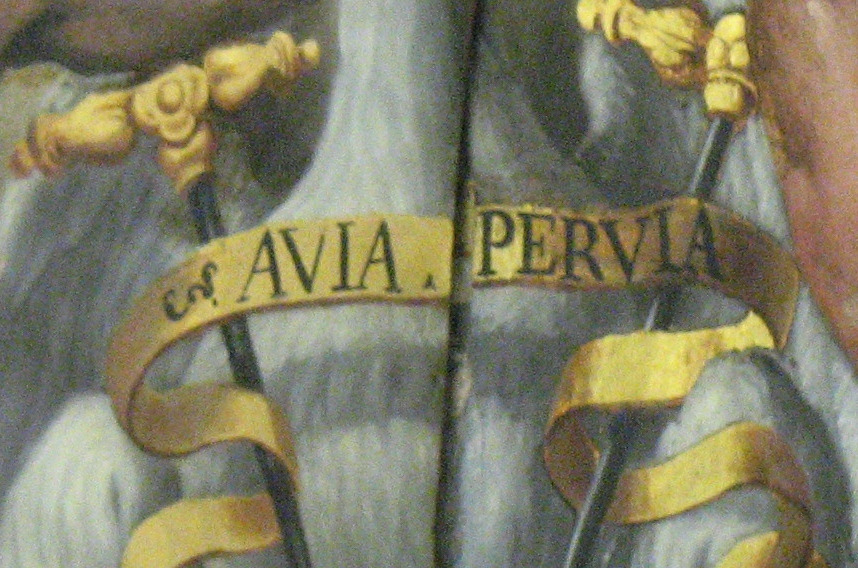 Sala del Consiglio Vecchio, Palazzo Comunale. Photo by GJo, Wikimedia Commons
Sala del Consiglio Vecchio, Palazzo Comunale. Photo by GJo, Wikimedia Commons
As UX Designers, we are used to thinking about user flows as essential tools for visualising the user journey before jumping into UI design activities, but I am trying to use them in a broader way. Again, they can be visualisation tools to use before and during meetings with stakeholders, they can help identify dependencies and team ownerships, and they can also help generate ideas for future design solutions that are still a bit foggy. Flows can apply to everything, as we move linearly through time and space (or at least that is what I remember from high school’s physics lessons).
Additionally, sketching flows allow designers to “fly over” product dependencies, team ownerships, pain points and connections. They empower designers to think visually, predict the future to a certain degree, and guide the audience through their thought process.
Going back to the work I am doing with Capture, at some point I needed to somehow render the experience of uploading to Bynder.
My a-via initial flows are often something like this. Lots of back and forth, lots of unclear moments.

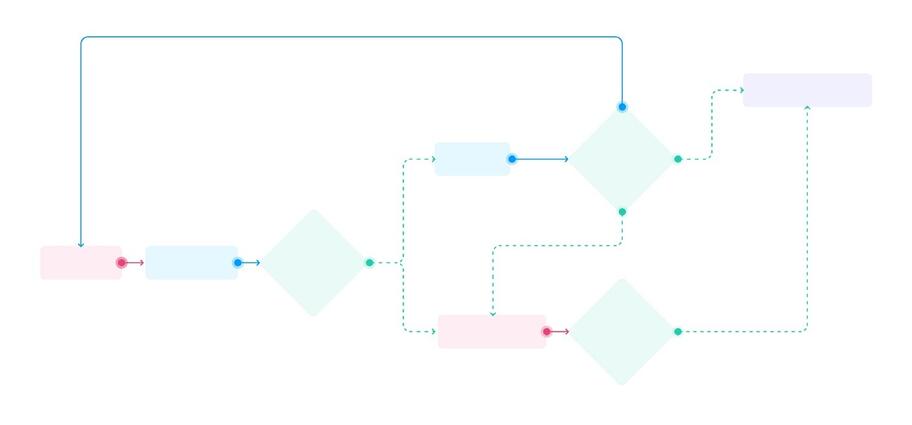

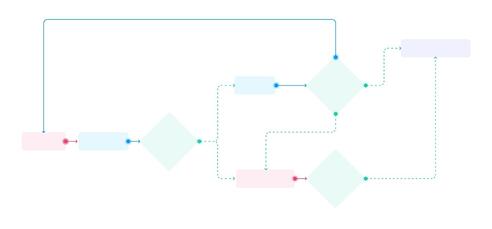
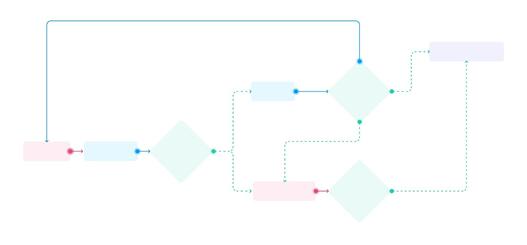
By comparison, when you see my per-via (the one that happens along the way), showing it to colleagues, customers and stakeholders, the flow often simplifies and gives insights on how to imagine a brighter, seamless future.

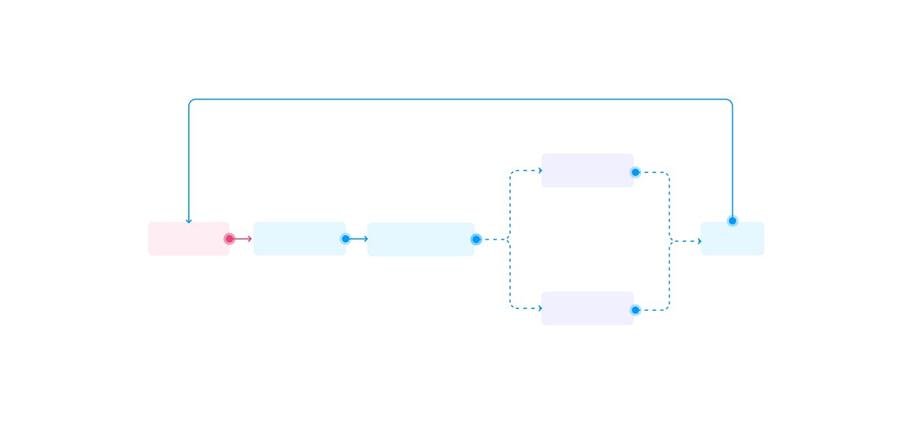
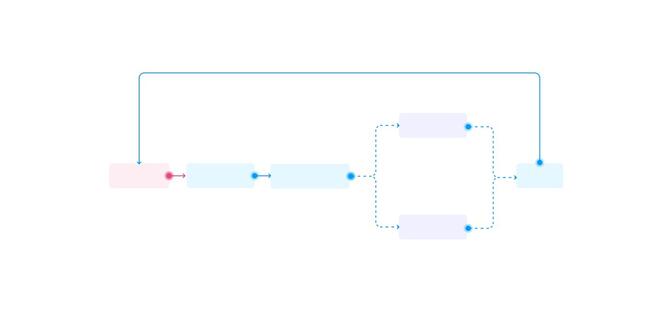

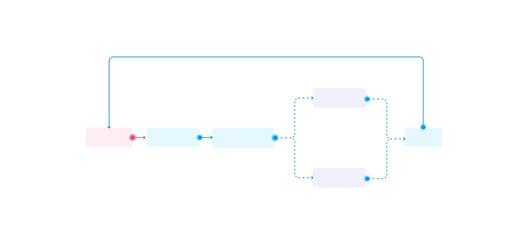
Create stunning plug-and-play presentations.
Recently I was sitting there in the office, summer was just around the corner and I had a ticket for the amazing Primavera Sound in Barcelona waiting to be used (all my colleagues from the office were going too, so we were envied by our dutch colleagues). But hold up a minute! I need to present the output of my research to the Product Team, right before I’m free to go to Primavera 🥲
Working in multiple teams also means that you take extra-care in giving visibility of your work and deliverables to other teams and stakeholders.
Luckily, this was not the first presentation I’d done about that subject. I only had to tweak a couple details and also, had previously put together a lot of Confluence documentation to find the perfect user quotes. After only 1 day of rework, I was good to go! I gave myself a pat on the back: how did I do that?


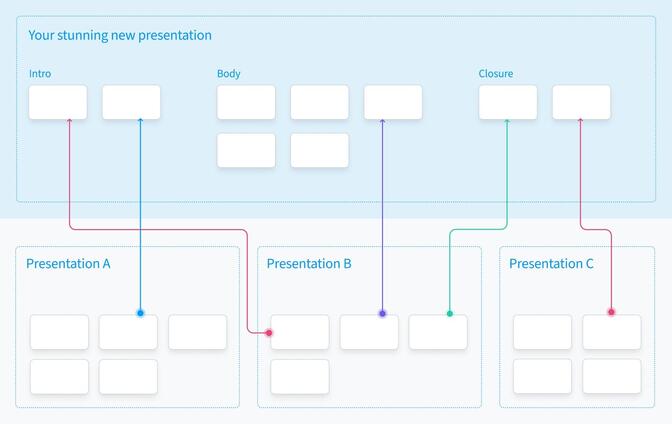
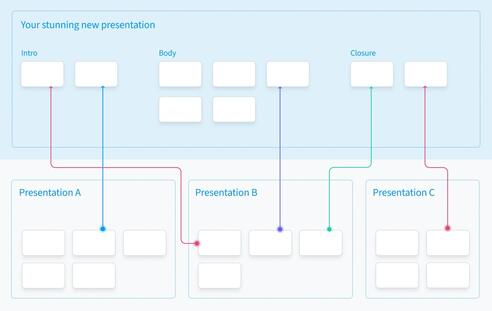
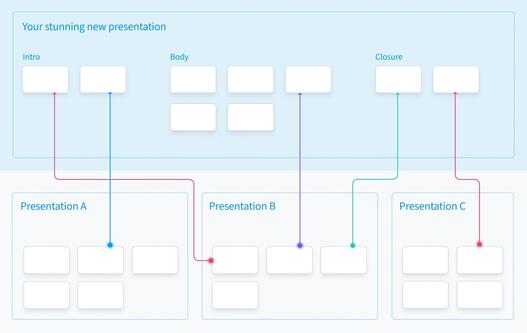
What works well for me is:
- Find that sweet spot between a very generic slide and the slide you need for that specific presentation. Always ask yourself — will I be able to reuse this slide somewhere else? Could it be useful for any of my colleagues for their own presentation? A good way to do it is to have almost no text in your slides, and put everything in the Speaker notes.
- Feng-Shui your desk in order to have a clean, comfortable set up where you can be inspired when working on your presentation. There’s plenty of articles on how to do a good presentation setup on your remote station recommending microphones, lights and screen combinations if you really want to go Pro.
- Don’t be afraid of the “number of slides”. You can use 25 slides with meaningful transitions and focus points to guide your audience through a 1 minute speech. Just make sure you practice it out loud, monitoring the time.
- Again — Practice out loud. In the shower. While doing a hair mask. To your pet.
Oh and don’t forget to document on the go.
Diane, 11:30 AM, February 24th. Entering the town of Twin Peaks.
Have you seen Twin Peaks, the legendary TV show directed by David Lynch?
If not, go ahead and watch it.
Are you back already? Good. Now, in the show, Agent Cooper regularly uses his Micro-Mac to record messages for his secretary, Diane Evans, throughout his investigations into the murder of Laura Palmer.
You should follow Agent Cooper’s example and make sure you always document as you go. It doesn’t have to be polished and not even in good English. Meeting notes. Screenshots from Slack pasted on a Confluence page. Remember to record your Google or Zoom meetings even if they don’t feel that important.
Again, don’t be afraid to (respectfully) over-communicate. It is also easy for stakeholder management and for saving time, for avoiding repeating the same things to different groups of people and avoiding meetings that could have been along (but tidy) Slack recap with documentation links.
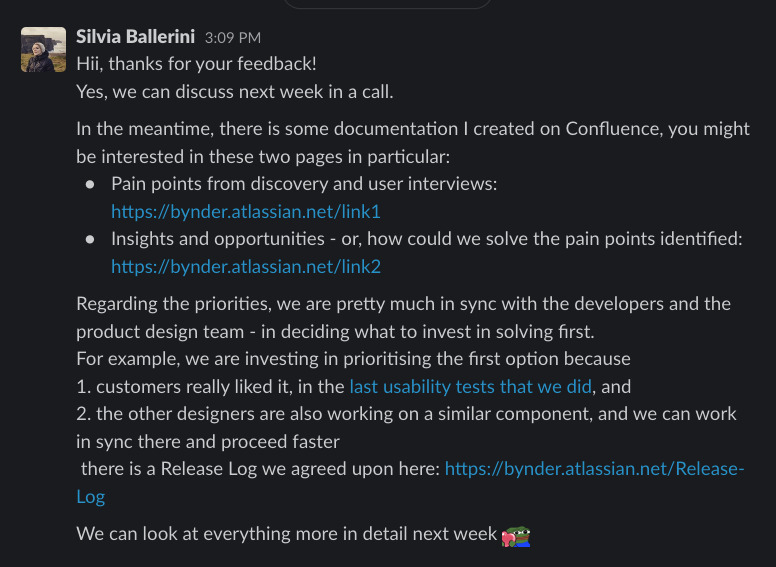
Take your time to recharge and protect your focus time.
I really love planning and performing all the activities that come with working across teams: workshops, user interviews, inter-company travels and so on.
All these activities of course can’t be performed on your own — they involve different professionals, groups of colleagues, stakeholders and customers. As UX professionals, we are expected to perform all of this on a daily basis — so we’re probably a bunch of extroverted, sunny and convivial folks stuck in a room (or Zoom call), right?
It’s not true, I’m not always in a bad mood. However, I consider myself a “Quiet” UX Researcher, and I sometimes struggle when it comes to days that are full of meetings, interactions and presentations.
I recently read the book “Quiet: The Power of Introverts in a World That Can’t Stop Talking” by Susan Cain. The book describes how introverted people’s qualities could come useful when it comes to a corporate environment — analytical skills, active listening and empathy, over-preparing meetings and presentations, and so on. A further analysis on the topic is offered by Angela Craven and SuAnne Hall in the Smashing Magazine article “Incorporating More Quiet Into The UX Design Process”, where they partially start from Cain’s assumption and they apply them in the UX world.
I believe that some of the insights contained in these readings come useful (also for professionals that consider themselves as extroverted) for when it comes to working across multiple teams.
Just to mention one — I think it’s very important to incorporate Focus time in your daily routine to “recharge” social batteries, reflect on past meetings and prepare the following ones. So I can be less Severus Snape and more Minerva McGonagall!
The best way you can do it in a hybrid environment is by blocking your calendar from time to time, and in general by being outspoken and direct about your need for Focus time. For instance, Google Calendar now incorporates an ad-hoc “Focus” type of calendar event for this sort of thing.
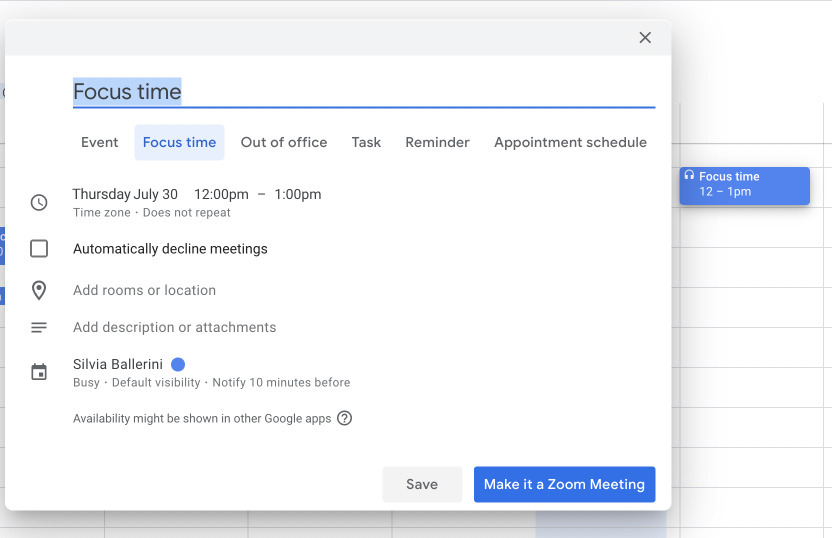
The interior design of working spaces also holds crucial importance for creating a good focus environment: I particularly appreciate how Bynder’s hybrid culture and office choices are helping all types of professionals to find their most comfortable routine: open spaces full of natural light, beautiful plants and cozy setups — where some areas have been designed for socialising and working together, and other corners, hammocks and booths are helping employees when they need to disconnect, focus and concentrate.
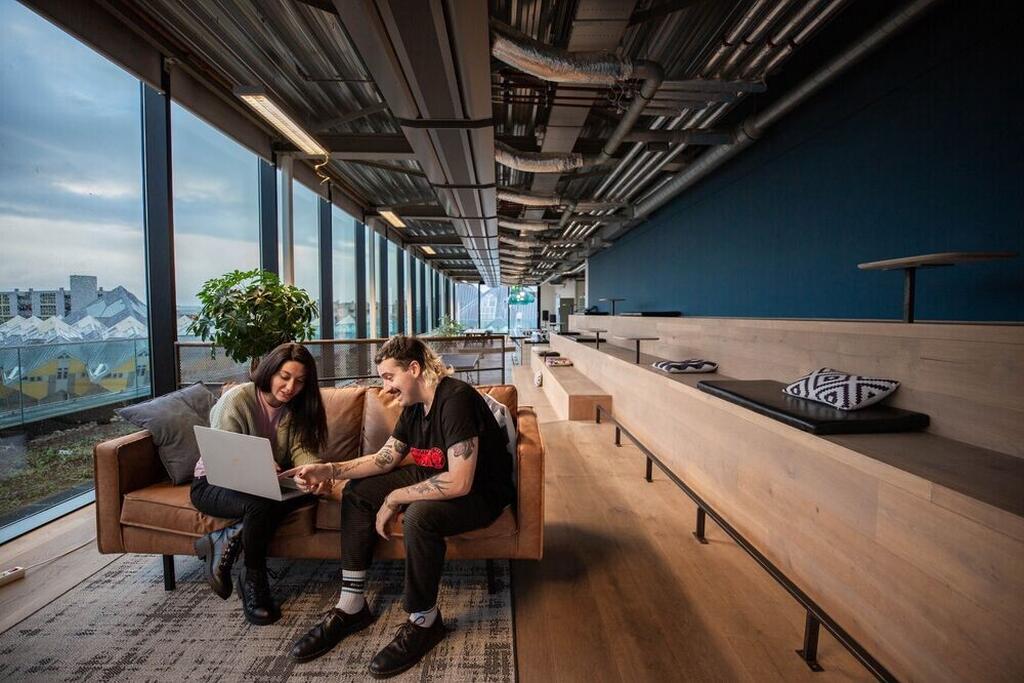

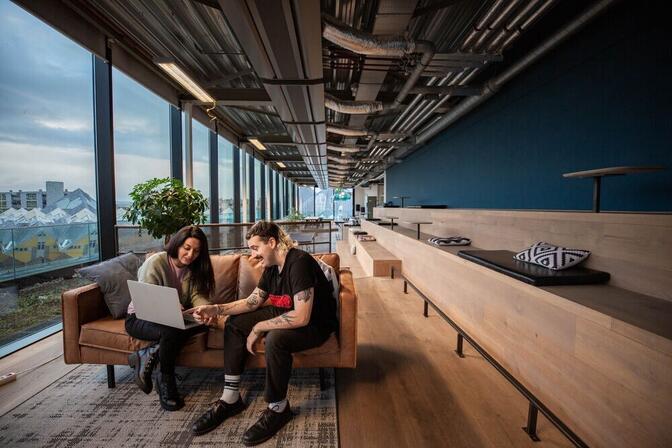

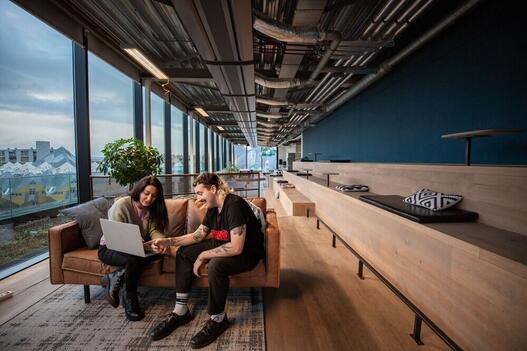 The Bynder Rotterdam office
The Bynder Rotterdam office
Level completed!
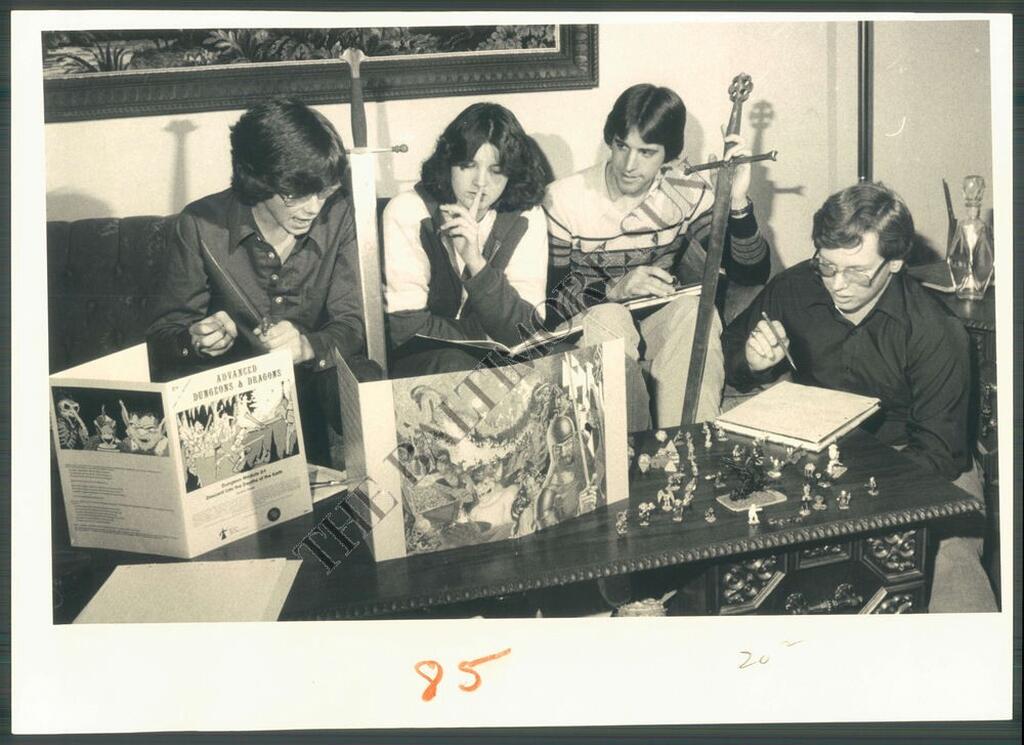
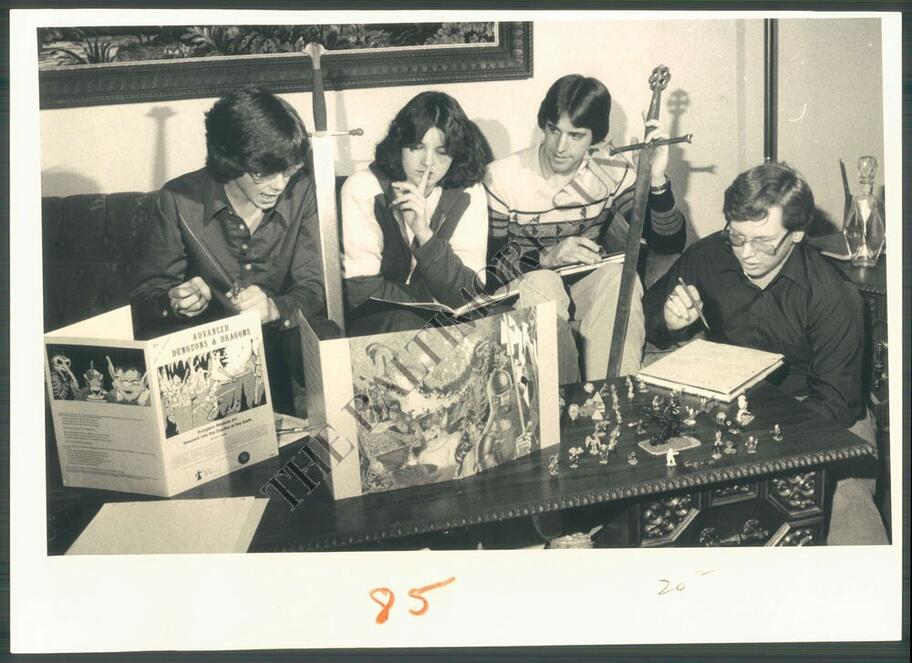
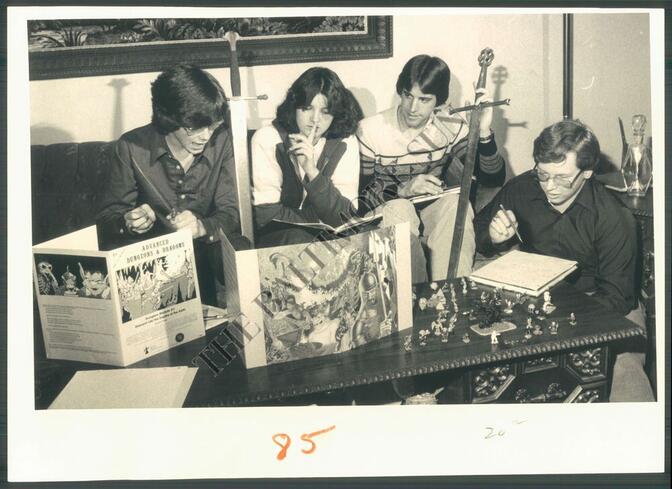
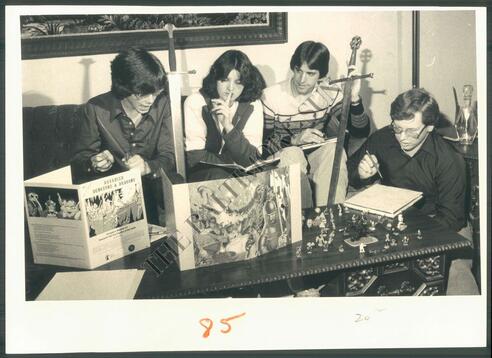
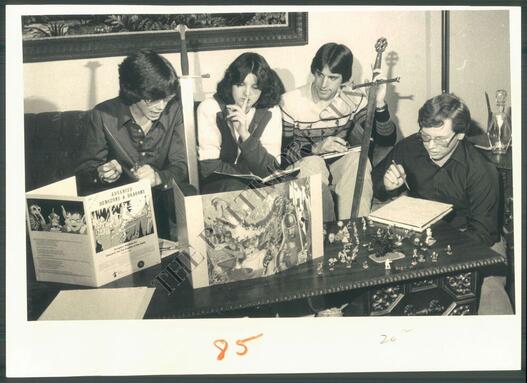 A Portrait of Young Geeks Playing D&D (1980, Walter McCardell / Baltimore Sun)
A Portrait of Young Geeks Playing D&D (1980, Walter McCardell / Baltimore Sun)
I believe these are basic but easily missed tips that will make you a bit more ready to handle a multi-team quest. Of course, this is not a magic potion and it requires patience and open communication (or over-communication? 😉) but it may open a gate to better ways of collaboration.
Now you’ll be able to align your personal goals and skills with the ones of your team mates, keeping in mind the product’s vision and strategy. In addition, you’ll be a rockstar in visualising your thought process as much as possible while presenting to your audience. Also, you know now the importance of teamwork, great communication and stakeholder management.
And last but not least: you know when it’s time to have a cup of coffee on your stunning remote workstation and slow down; making space for Focus time to reflect on what happened and what will come next.
Thanks for reading, and I am looking forward to knowing what you think.
